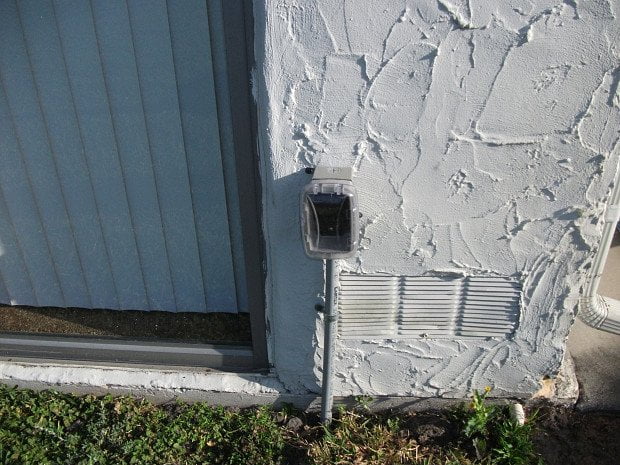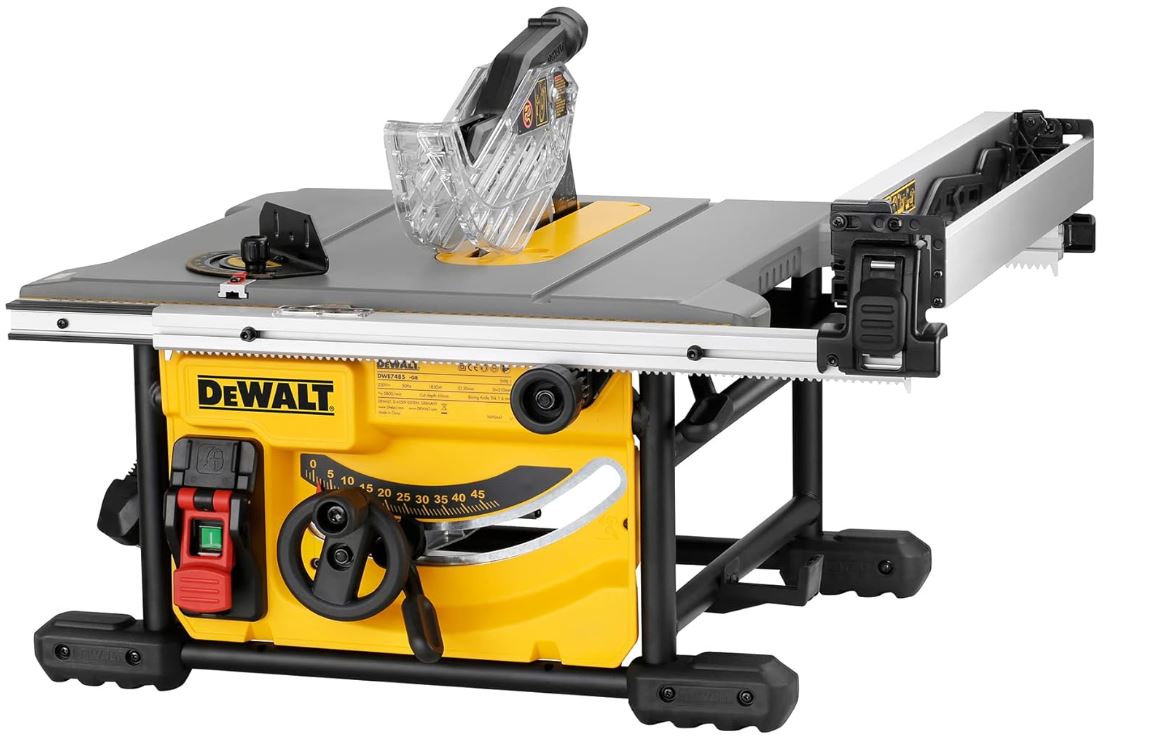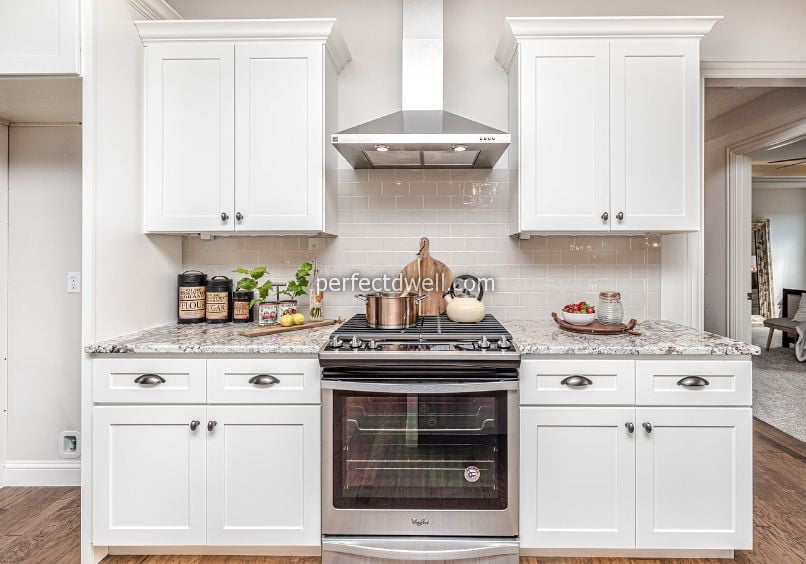Do you remember the last time you had a power outage? It is hard to appreciate how much our lives depend on electricity until we lose it for a while.
Whether it is to charge your devices such as your phone, laptop, or headphones or just to sit back and watch some TV while waiting for that beer to get ice cold in the fridge, we depend on our home’s electrical system.
Knowing how this system works, even if you are not a certified electrician, will allow you to use it better, ensuring that your home and appliances last longer.
Electrical Service Connections
Electricity for the home is delivered from power companies, who have set up outside electrical wires, usually overhead or underground. These wires extend to numerous households, connecting to a meter.
The meter is usually located between the main cable and your home’s power supply and measures the amount of electricity you consume. All the electrical services that you use are recorded through the meter.
Disconnect Switches
Power companies usually place the disconnect switches outside your home near the meter. Their sole purpose is to provide the ability to cut off all power in the house. While rarely used, it is vital in emergencies and natural disasters.
You can switch off this switch if you plan to overhaul your electrical system at home, but it is unnecessary, as you have other options.
Circuit Breaker Box
The central service unit, commonly known as a circuit breaker box, is the first unit in the electricity chain owned and maintained solely by you.
You receive and distribute the electricity to your home through this panel. It has a large, single cable that connects the outside power to the box and is then transferred equally to other circuits that, through electrical wiring, provide it to sockets, appliances and any form of equipment.
Each and every circuit has its own circuit breaker, which cuts the power off from the sockets and appliances if it receives an excessive amount of electricity, thus protecting everything connected to the system.
Apart from all the different fuses, there is a main switch capable of switching all other regulators simultaneously and is an alternative to the disconnect one outside your property.
Sub-panel
Not every home has this sub-panel, but it is increasingly common nowadays. It is a second panel that is connected to the central unit. It has its own circuit breakers and switches and is usually used if additional buildings are on the property.
If you are using a backup generator, it will usually be connected to such a sub-panel.
Electrical Outlets
Electrical outlets are the place where most interactions with the electrical system take place.
There are three main types of outlets that you may find in your home:
- Polarised and Grounded Outlets. One of the most common outlets in the past. The polarised outlets have two vertical slots of different sizes, the bigger one for neutral wire, while the smaller one is for the hot. Engineers can ensure you can only connect an electrical plug correctly. Grounded outlets have an additional round hole for grounding conductors, which is required in all modern homes.
- Tamper Resistant Receptacles. As the name suggests, this type of receptacle prevents outside tampering. The spring-loaded shutter system inside these receptacles opens only when you apply equal pressure to both shutters. This has saved countless children’s lives by preventing them from inserting different items in the outlets.
- Ground Fault Circuit Interrupters (GFCIs). GFCIs are safety devices that immediately shut down electrical circuits when they detect ground faults or leaking currents. A person who becomes part of the electricity chain will be severely shocked or electrocuted. By immediately closing the power to the electrical outlets, GFCIs can protect human lives.
Electrical Wiring System
There have been a few different wiring systems throughout the ages. The one that is most commonly used today, the grounded electrical system, has been around since the 1940s.
Due to the added security, it is considered the safest system to date. Electricity will always return to its source, creating a complete circuit. To achieve this, your home’s installation has two conductors – the hot and the neutral.
Power comes from the panel to the appliances using the hot wires and returns through the neutral ones, thus closing the loop.
In the grounded electrical system, there is a third element. It is called a grounding wire and extends to all outlets and metal boxes throughout your home. The wire is connected to a cold water pipe or a metal rod directly to the ground.
In case of a short circuit, this added feature protects your home from fire and yourself from electric shock by sending all excessive electricity to the ground.
Appliances Instructions
When installing your appliances, it is essential to consider the manufacturer’s notes. Due to how electricity works and the never-ending cycle it forms, it is natural to cause heating.
If you do not leave the proper spacing, the heat will not be able to escape and could cause a short circuit, becoming a fire hazard.
Ensure all your electrical appliances have proper air circulation, and avoid using them in enclosed spaces.
You should also be mindful of what you place near your devices. Electricity and water don’t mix well, so keep your outlets and appliances away from running water and keep them dry at all times.
To minimise any risks, simply unplug it from the system when you are not using an appliance. Doing this will protect you from potential short circuits and save a bit of money. Nowadays, smart plugs allow you to schedule when your devices should turn off and on again.
Electrical Safety Tips
When it comes to electricity, you can take countless protective measures to enhance your home and your family’s safety.
The most vital ones are:
- Inspect cords and plugs. Regularly check the condition of the electrical wires, cords and plugs. Look for exposed conductors or loose connections.
- Avoid overloading outlets. Do not plug too many appliances or devices into a single outlet or power strip. Overloading can lead to overheating.
- Be mindful of extension cords. Extension cords shouldn’t be used as a permanent solution but only temporarily. Avoid placing them near easily flammable objects such as carpets and rugs.
- Hire a professional. At least once a year, contact a professional electrician to inspect and fix any issues with your electrical system.
Conclusion
Basic knowledge of how your home appliances work allows you to make better choices when purchasing, connecting and using them.
This will reduce your electricity bill and keep your possessions safe for longer while ensuring the safety of your family and home.




